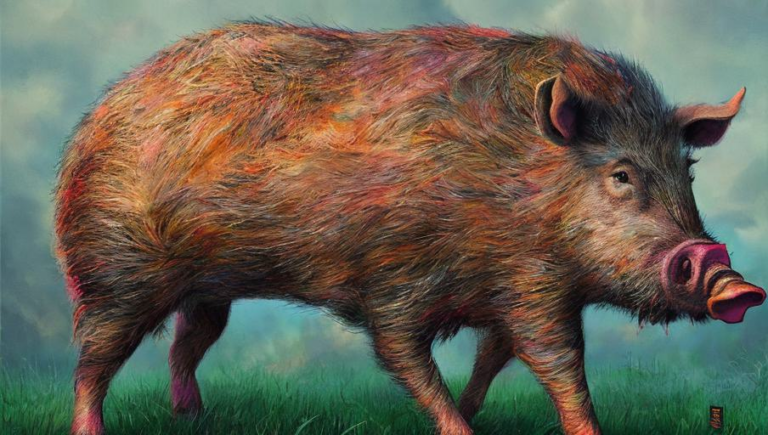Jumping Through the Hoops of Crane Research

The Amazing Crane
The crane is an amazing animal that has been around for thousands of years. This majestic bird is found on every continent except Antarctica and is an important part of many cultures and ecosystems. Cranes are most commonly known for their long legs, necks, and impressive wingspans. Not only do they soar through the sky, but they can also run on the ground and jump into the air!
The Challenges of Researching Cranes
Despite their remarkable presence, researching cranes can be quite challenging. Since they inhabit different climate zones and environments, it is difficult to get a comprehensive understanding of the species. Additionally, cranes can be quite elusive, making them difficult to track and study. Furthermore, cranes are migratory birds, meaning that their range and behavior can change drastically over the course of a year. This makes it difficult for researchers to accurately measure and analyze the data they collect.
The Benefits of Crane Research
Despite the challenges of researching cranes, there are many benefits. By studying this species, researchers can gain valuable insights into the behavior and ecology of cranes. This can help inform conservation efforts and help protect the species from extinction. Additionally, researching cranes can help us better understand the impact of human activities on the environment and how to protect and restore habitats. Finally, studying cranes can also help us to understand the importance of biodiversity and the delicate balance between species.
Collaboration is Key
Due to the complexity of crane research, collaboration is essential. Scientists, conservationists, and other experts from around the world must work together to share data, analyze results, and develop strategies for protecting the species. For example, many countries have banded together to form the International Crane Foundation, which works to protect cranes and their habitats. Through this organization, researchers can coordinate their efforts and share their findings to help further crane conservation.
The Future of Crane Research
As the human population grows and more of the earth’s resources are being used, the need for crane research is only increasing. In order to protect these beautiful birds, we must continue to collaborate and share data to create an accurate understanding of their behaviors and ecosystems. This will help us to better protect their habitats and ensure their survival for generations to come.
Conclusion
The crane is a magnificent animal that is an integral part of many cultures and ecosystems. Despite the challenges of researching cranes, there are many benefits, such as gaining insights into their behavior and ecology, and helping to protect their habitats. Collaboration is key when it comes to crane research, and by working together, we can ensure the future of these amazing creatures.





